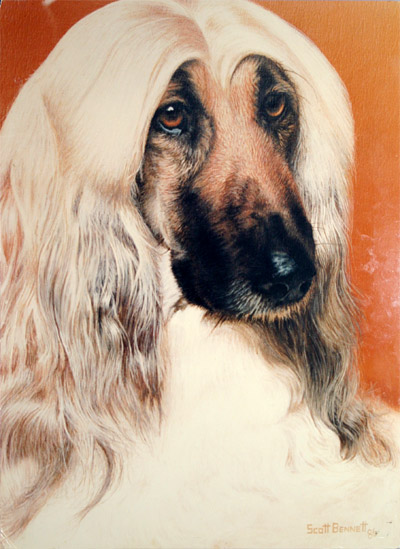A cowlick is a section of hair that stands straight up or lies at an angle at odds with the style in which the rest of an individual's hair is worn. Cowlicks appear when the growth direction of the hair forms a spiral pattern. The term "cowlick" originates from the domestic bovine's habit of licking its young, which results in a swirling pattern in the hair. The most common site of a human cowlick is in the crown, but they can show up anywhere. They also sometimes appear in the front and back of the head.
The term cowlick dates from the late 16th century, when Richard Haydocke used it in his translation of Lomazzo: "The lockes or plaine feakes of haire called cow-lickes, are made turning upwards."
Src : Wikipedia
The term cowlick dates from the late 16th century, when Richard Haydocke used it in his translation of Lomazzo: "The lockes or plaine feakes of haire called cow-lickes, are made turning upwards."
Src : Wikipedia




















